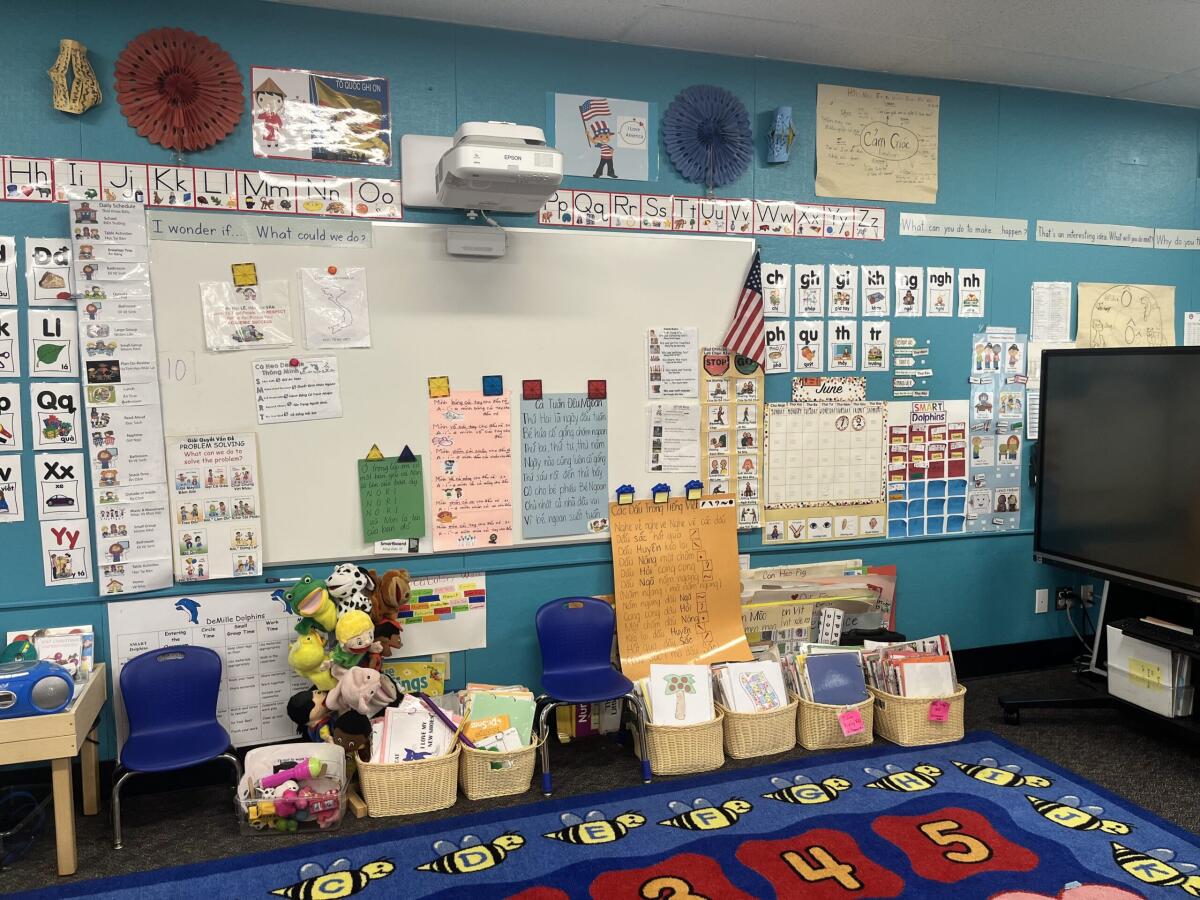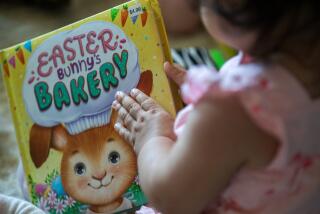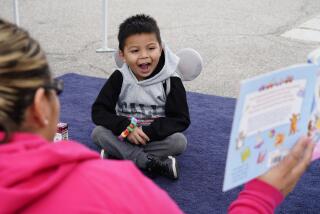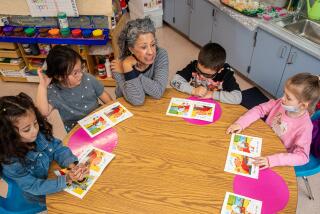What is transitional kindergarten? Here’s what public school’s new grade has to offer.

Universal TK provides a free, high-quality preschool option for all California families with 4-year-olds. This is critical in terms of access and affordability and ensures that more families can enroll their children in a preschool program and receive at least one year of preschool prior to starting kindergarten.
Reading by 9’s back-to-school guide. Find expert tips, book recommendations and resources for parents of kids just starting transitional kindergarten.
As a universal program, it provides an opportunity for more economic diversity within the classroom and creates environments that are inclusive. Recent studies have also shown that expanding TK benefits dual language learners and increases their math and literacy skills, compared with those who do not attend TK. This is important to note in a state where nearly 60% of children from birth through age 5 speak a language other than English at home.
TK serves as a bridge between preschool and kindergarten, providing more structure and routine for children, yet is still grounded in play-based activities to support their development and learning. TK is aligned with the California Preschool Transitional Kindergarten Learning Foundations, which were recently revised to more intentionally align and bridge the learnings across preschool, TK and kindergarten, and will begin to be implemented this summer. TK also helps expose children to a school-based environment and eases them into the transition to kindergarten.
In a TK classroom, you will likely see children participating in activities that allow their creativity and imagination to run wild, such as painting, building and storytelling. Children laugh, sing songs and explore, while teachers guide their learning through play.
More from Reading by 9
This play-based learning supports their early math and literacy skills and social-emotional development, setting the foundation for children to thrive. By the end of their year spent in TK, children will have stronger social-emotional skills, such as experiences forming stronger friendships and learning to share and cooperate. They will have stronger fine motor skills and can begin to draw shapes, write letters and use scissors. They will be able to follow increasingly complicated directions with stronger engagement and persistence in completing tasks and activities.
A 2017 study by the American Institute of Research found that children who participated in TK enter kindergarten with stronger math and literacy skills, and teachers report them being more engaged than peers who had not been in a TK program.



